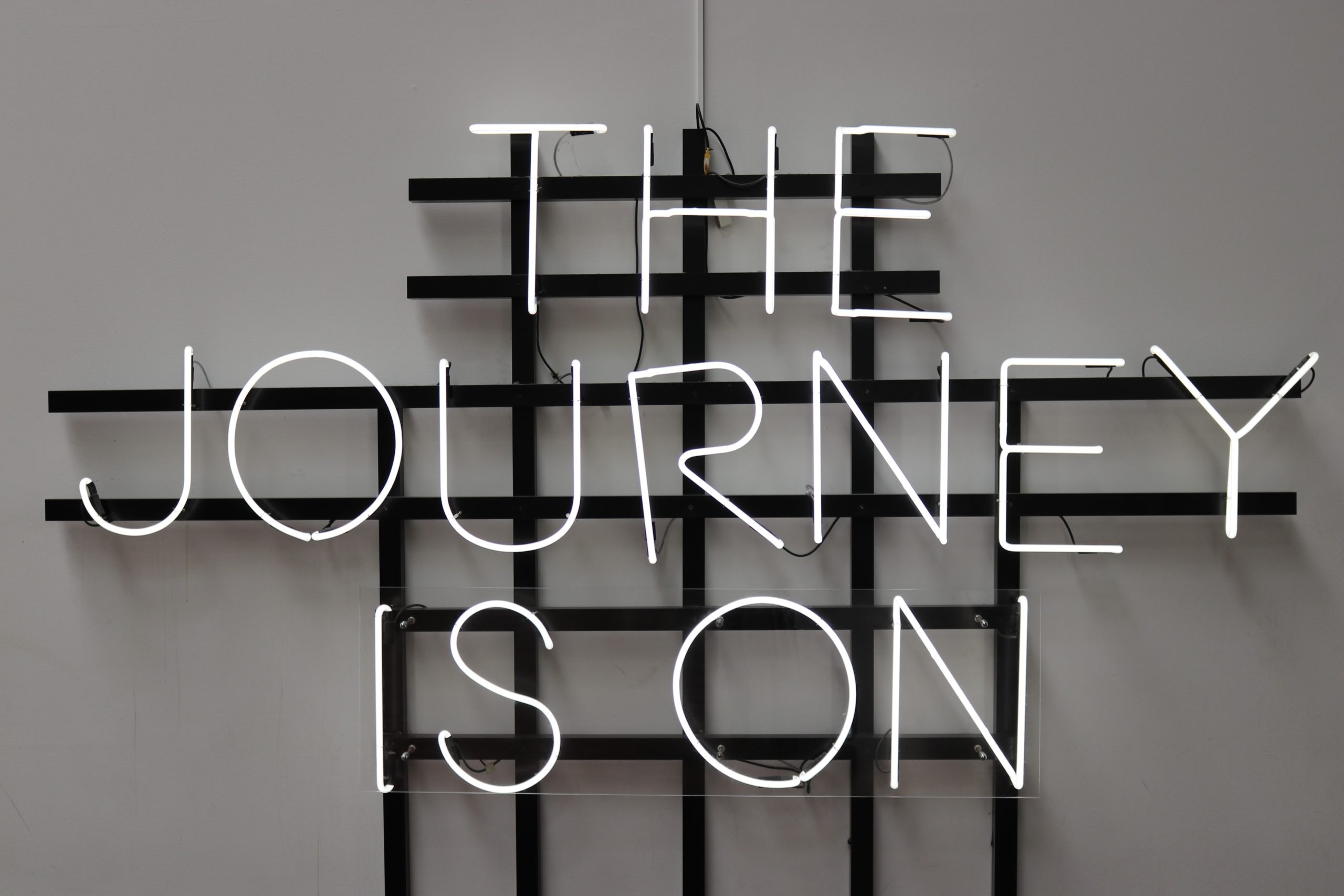How do You Carry out Your Customer Insights Project Virtually?
The pandemic is driving changes in consumer behavior, leading companies to re-evaluate customer needs, customer journeys and long-term brand strategy. But how can you stay ahead in this new remote reality? First, you need to understand your customers in order to improve their experience. In this insight we give you three tips on how to ensure customer insight project success virtually.

According to marketing expert and former professor Mark Ritson the main themes of marketing remain the same: “The search for differentiation. The need to understand a changing customer. The battle for brand supremacy against your fellow marketer. The need to stay ahead”.
Yet, everyday demands tend to win over strategic projects due to time and resources. Most companies can relate to this dilemma, especially during a global crisis. Paradoxically, however, it is during these exact moments that it has proved essential to gain customer insights in order to stay relevant. Since the breakout in March, Sunrise has helped a number of customers with their customer insight projects – now virtually.
Which segments are we targeting? What are their needs and pain points and how do we perform on these? What should we stand for, and how will we achieve this?
Katrine Nordgaard, Senior Consultant, Sunrise

“Most companies have experienced clear shifts in customer behaviour and have been forced to rethink how to stay relevant in this new ‘normal’, asking themselves the fundamental questions: Which segments are we targeting? What are their needs and pain points and how do we perform on these? What should we stand for, and how will we achieve this?” Senior Consultant at Sunrise Katrine Nordgaard explains, emphasizing the increased need to create seamless and engaging online experiences.
To answer these questions, it is necessary to take a step back and look at the business through the lens of the customers. But how do we gather in-depth customer insights and fill in the new “gaps” around customer behaviour, when we cannot meet and talk physically?
TIP #1: Get started with a virtual workshop defining what you think you know about customers and what you don’t know. At this point, thorough preparation is key
During this time where most people work remotely, virtual workshops with relevant internal stakeholders across departments is a great starting point and a great method for you to gain stakeholder buy-in, if planned and executed thoroughly.
Start to uncover all the internal hypotheses and get an overview of: What do you know already? What do you need to know more about? And what don’t you know yet? Most companies have a lot of knowledge and data spread across the organisation, but it needs to be uncovered, analysed and systematised.
A virtual workshop requires the facilitator to be well-prepared with concrete points for discussion.
- Start the workshop with a group meeting giving a short introduction: Why is the project important? How do we approach the project? And what is the desired outcome?
- To avoid the chaos of opinions voiced in plenum we advise to divide people into breakout rooms for more detailed discussions in smaller groups. Make sure to divide the groups beforehand and have templates ready that each group has to fill out and present for the other groups when coming together again.
What platform to use? Most companies use Zoom and Microsoft Teams which offer great conditions for you to manage a successful virtual workshop. Platforms such as MURAL, Miro and Custellence can also be valuable in a workshop context because they offer online collaborative whiteboard tools.
TIP #2: Conduct in-depth interviews with your customers virtually – the benefits are multiple
Next step is to explore the customer journey by putting yourself in the customer’s position, gathering new knowledge and filling in the “gaps”. Don’t underestimate the value of talking to your customers, hence looking beyond their digital footprint. Data collection can be either qualitative, quantitative or a combination, however, with current changes in customer behaviour, in-depth interviews are in our experience a great method for a richer and more nuanced understanding.
Can virtual interviews give you the same valuable insights as a face-to-face interview? From our experience conducting interviews with customers virtually can be just as valuable as physical ones. Undoubtedly, you lack the ability to truly read and understand the interviewee’s body language, but the virtual alternative has proven to be a very well-received alternative, often more time efficient and less formal for customers, leading to greater involvement.
That being said, it is vital to be well-prepared. Prepare a template or “task” on the screen that can be shared and filled out online together with the customer. For instance, talking through the different phases of the customer journey, asking questions about the customer’s thoughts, needs and pain points or using mood boards and statements for the customer to reflect upon, dependent on project objectives.
As a company, it is feasible to conduct the interviews yourself, however, we recommend partnering up with external interview facilitators who can ensure the most reliable and honest answers from customers. Bottom line is that customers are more likely to tell the truth to a third party than to the company itself.
TIP #3: Go from insight to action – and more importantly – to effect
To move from insight to action and not least effect, start by identifying the areas of action and opportunities to improve customer experience and brand performance based on the new insights. Let the insights guide how to serve existing customers better and win new ones while reviewing your brand strategy based on this.
When this is done, look at what the improvements will require vs. the value that the improvements will have for both your customers and your brand. Based on this assessment, make a prioritized action plan bearing in mind that no one can do everything at once. It’s about making choices.
Don’t underestimate the value of putting strategic projects high on the agenda, in the end it can be what determines the long-term success for your company – also after the pandemic.